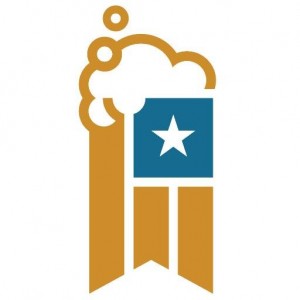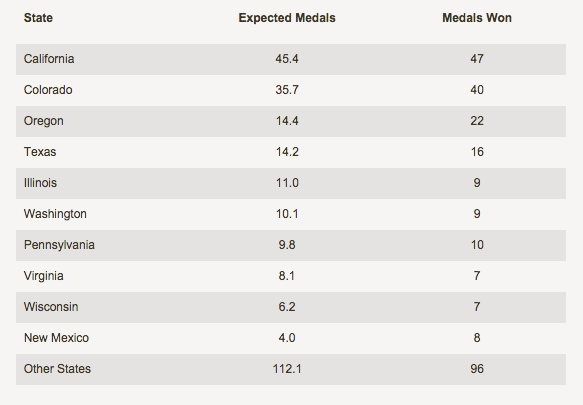
While that statistical comparison certainly highlights the competitive nature of the craft landscape, it’s not the crux of the Watson’s latest analysis. No, the his most recent examination answers the oft-asked question, “Why do some states routinely have more GABF medal winners?”
To understand that, a little background is necessary: According to the analysis, “a random beer” has a 4.8 percent chance of taking home a medal at the annual beer fest, which is held in Denver, Colo. each year (that’s lower than the Fall 2013 acceptance rate at Stanford University, the most competitive school in the country).
But the chance of winning a medal does vary from category-to-category, based on the number of entries in a given contest. An American-style dark lager, for instance, has a 15.8 percent chance of hitting pay dirt while any random American-style IPA has only a 1.1 percent chance at glory.
Knowing this, the BA was further able to predict, with relative accuracy, how many medals the participating breweries in any one state would win. Perhaps unsurprisingly, the states with more breweries (and more entries) took home more medals.
Here’s what the BA found:
“While states with more breweries and more entries are winning more medals, there aren’t many states that are significantly outperforming others,” Watson wrote. “On the flip side, to get a correlation that high, very few states are underperforming.”
Additionally, Watson noted, the further away from Denver a brewery is, the less likely it is to submit a beer for judging.

